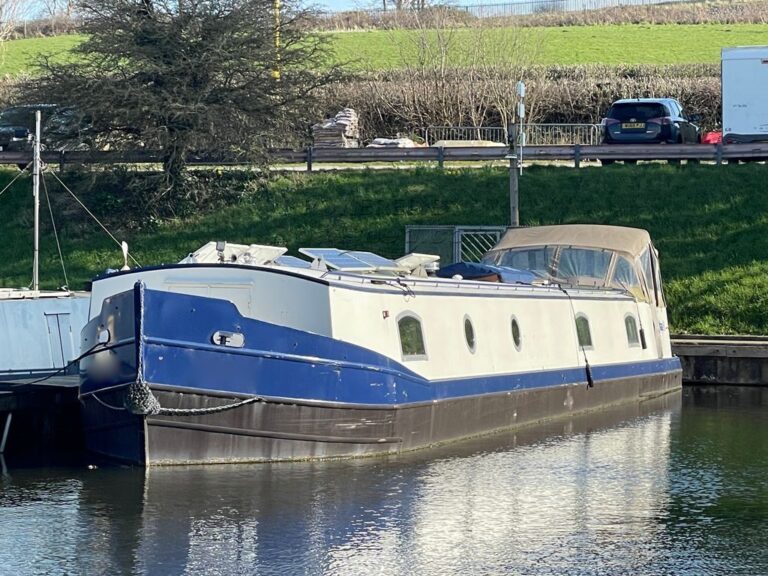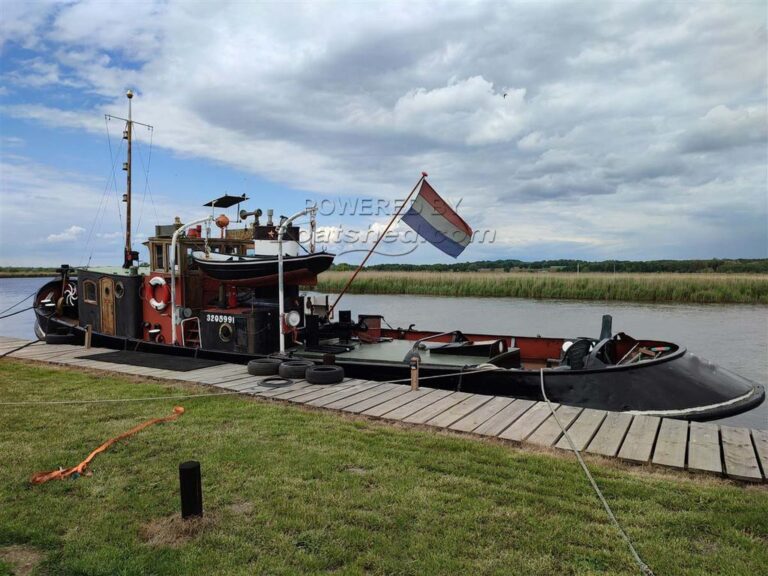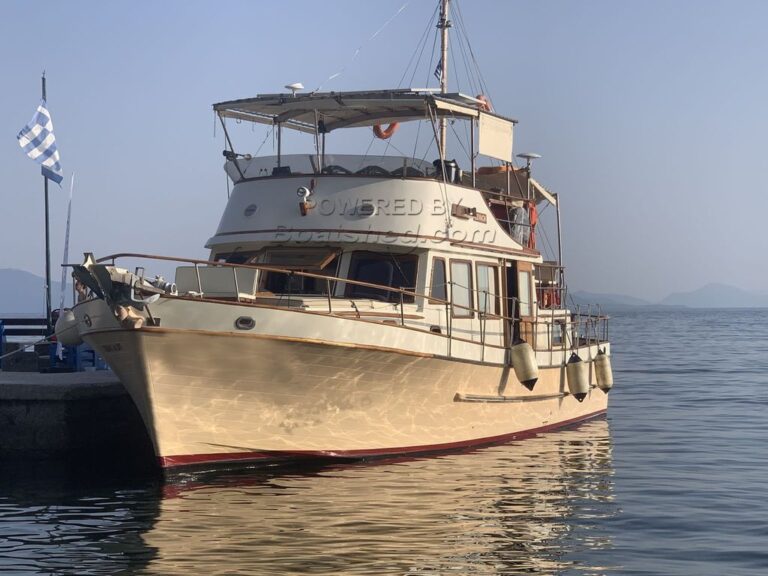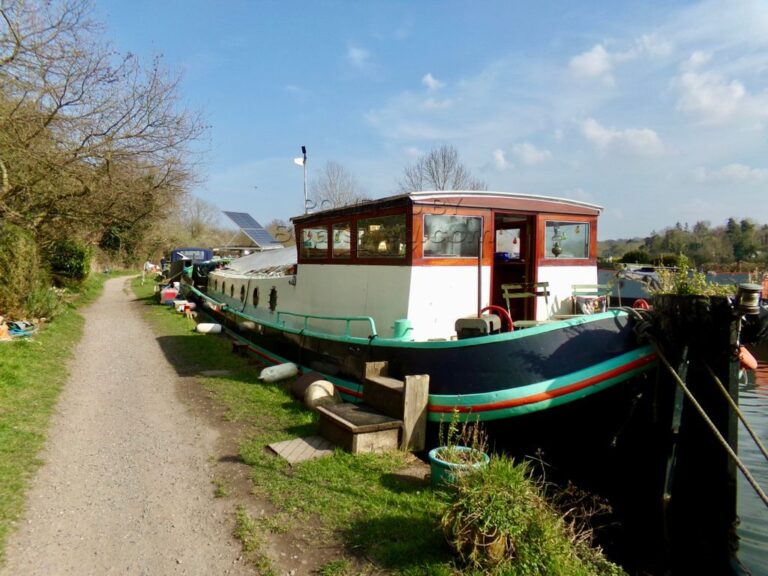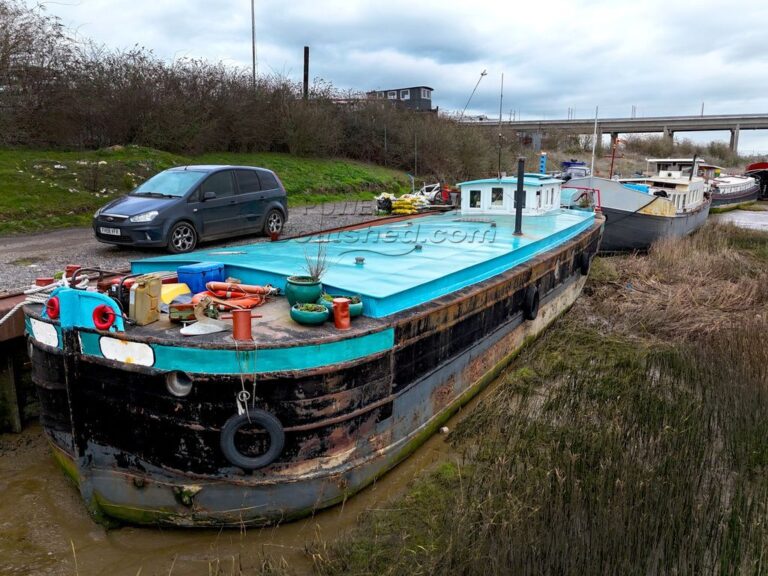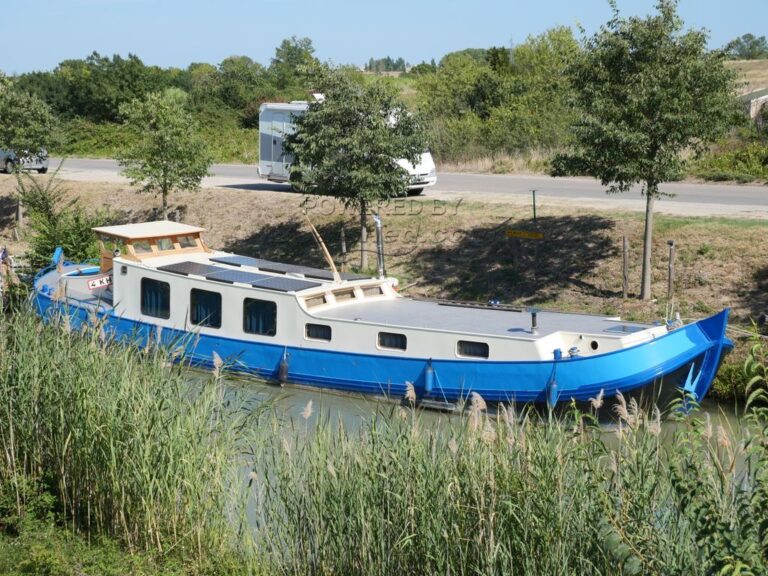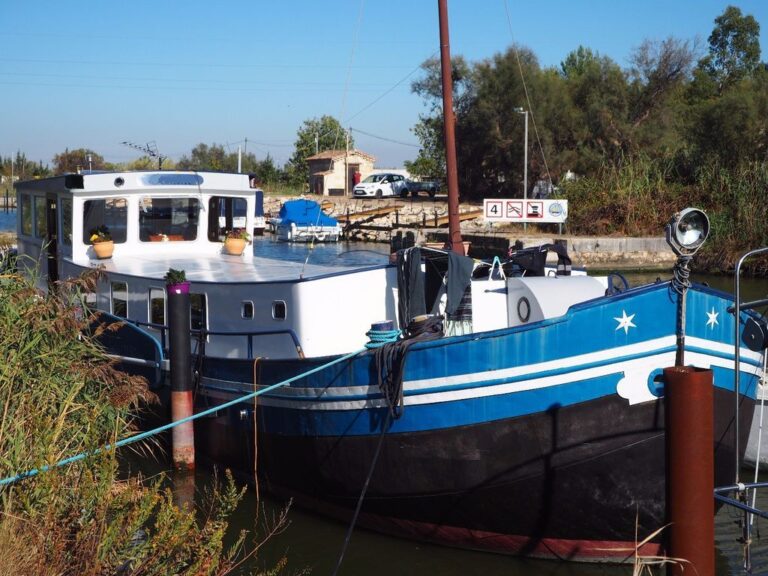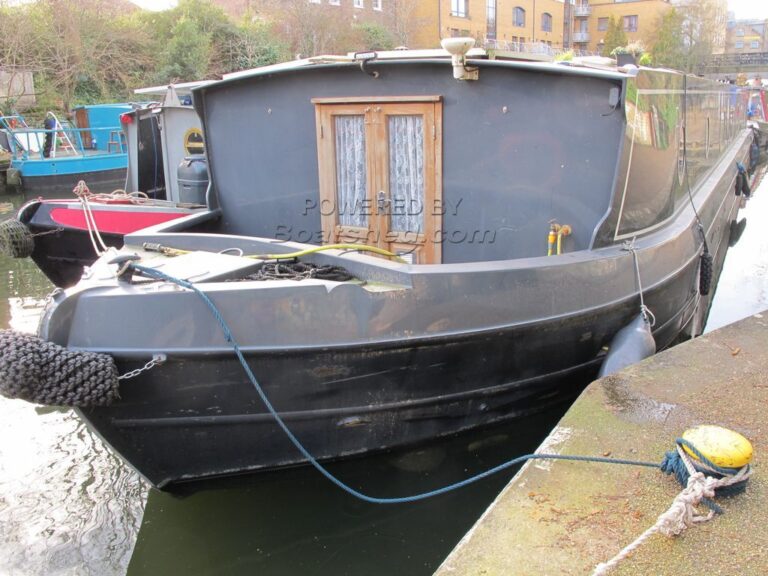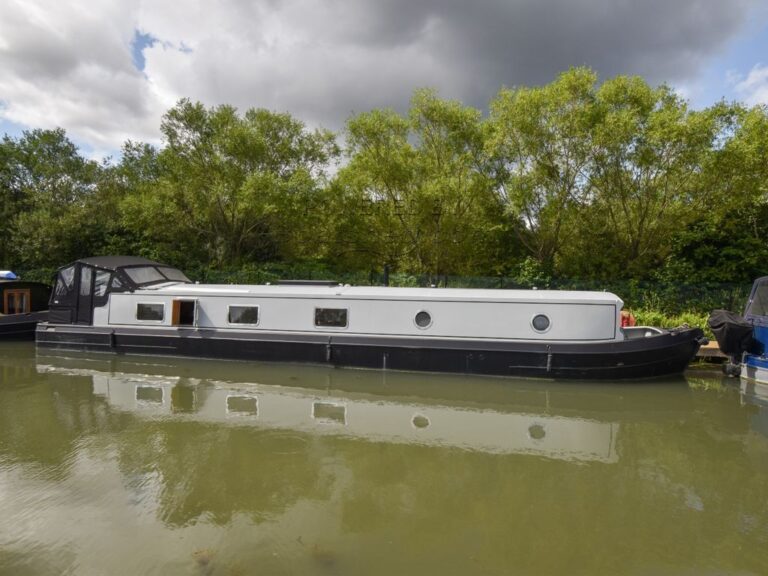Embark on an Uncharted Maritime Odyssey and Explore Hidden Treasures on a Sailing Adventure through the Channel Islands, Scilly Isles, and Scottish Isles.
A Sailing Adventure through the Channel Islands, Scilly Isles, and Scottish Isles.
As the sun kisses the horizon, casting a warm golden hue upon the tranquil waters, the call of the sea beckons to adventurous souls. This is the world of sailing, and in this blog, we invite you to discover the maritime treasures of the Channel Islands, the remote beauty of the Scilly Isles, and the wild ruggedness of the Scottish Isles.
The Channel Islands: A Paradise for Sailors
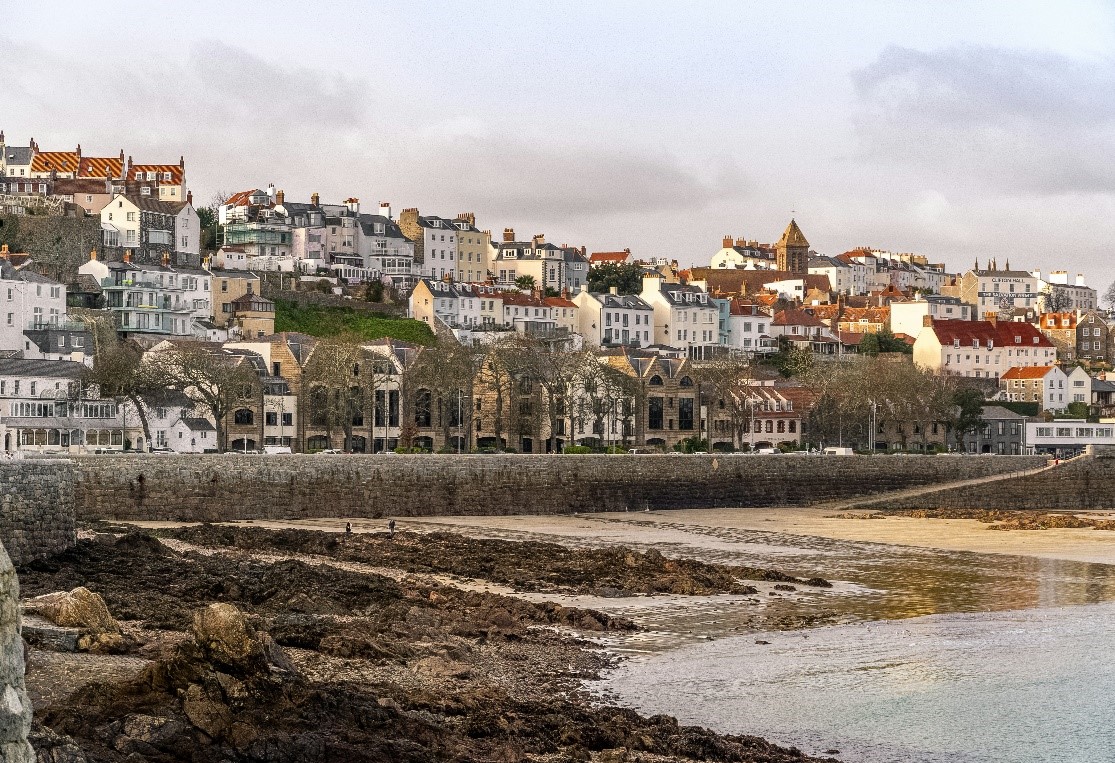
Sailing to the Channel Islands promises a rewarding and interesting cruising ground, filled with historic intrigue and natural beauty. For an experienced sailor, this region offers a unique blend of challenges and attractions that make it an ideal destination for a maritime adventure. Here, we’ll delve into the specifics of sailing to the Channel Islands, with a particular focus on Guernsey and its largest natural harbour, St. Peter Port.
Channel Islands: Where Adventure Meets History
The Channel Islands, nestled in the English Channel, have long been a haven for sailors seeking both maritime thrills and historical richness. One of the immediate draws is the relatively favourable weather compared to other parts of the British Isles. This maritime paradise offers a milder climate, making it an excellent choice for year-round sailing.Among the Channel Islands, Alderney stands out as a particularly wild and remote destination. It’s cut off by strong tidal races on both sides, giving it an untamed allure that contrasts with the more developed Jersey and Guernsey. Alderney is steeped in history, with its entire population being evacuated to Weymouth during the Second World War. The island’s forts provide fascinating places to explore, adding a layer of historical intrigue to your sailing adventure.
Navigating to Guernsey’s St. Peter Port.
As an experienced sailor, you’ll find the journey to St. Peter Port in Guernsey to be a rewarding challenge. St. Peter Port boasts the largest natural harbour in the Channel Islands, making it a significant focal point for sailors.
To embark on this voyage, you’ll typically depart from Yarmouth. However, your departure timing is crucial due to the challenging Needles Channel, where the tide flows vigorously, especially through Hurst Narrows. The tide turns westward off Yarmouth at Portsmouth HW-1, setting the stage for your adventure.
The rhumb line for Alderney takes you southwest, necessitating a westward course correction of approximately 23 nautical miles. Monitoring the tide, your set, and drift becomes critical in ensuring a smooth passage. It’s imperative to arrive up tide of Braye Harbour because tides run even stronger on the opposite side of the Channel. Avoiding getting swept down the Alderney Race, the Swinge, or the Ortac Channel is paramount.
During the final approach, you’ll need to carefully shape your course, especially when navigating through the last few hours of the journey. The Channel Islands are known for their significant tidal range, so precise timing is essential.
Planning for a Memorable Adventure
Sailing to St. Peter Port in Guernsey from Alderney is an adventure that seasoned sailors cherish. This journey offers breath taking sights and a sense of accomplishment, making it a memorable experience. While the challenges of tidal races and navigation exist, they are part of what makes sailing in this region so rewarding.
In the next sections, we’ll explore more destinations, including the Scilly Isles and the Scottish Isles, providing you with a comprehensive guide to these hidden gems for adventurers on sailboats. Stay tuned for insights into more captivating sailing experiences and destinations
The Scilly Isles: Remote Beauty and Tranquillity

Exploring the Scilly Isles: A Sailing Adventure Awaits
If you’re seeking a new sailing challenge while staying close to home, the Scilly Isles beckon as your next big adventure on the open sea. This unique archipelago, comprising over 140 islands, islets, and rocks, is situated at the southwestern most point of the UK. Positioned 50 nautical miles off the coast of Cornwall, it offers a captivating blend of natural wonders, abundant wildlife, and a micro-climate that might just transport you to a South Pacific paradise, albeit with slightly cooler waters and the occasional temperamental weather.
What You Should Know
Embarking on a sailing journey to the Scilly Isles is an exciting but challenging endeavour, especially when considering the open sea crossing. In favourable conditions, it’s a rewarding 12-hour sail from Falmouth, covering 50 nautical miles. During this voyage, you might even find yourself racing alongside pods of dolphins or majestic basking sharks.
Alternatively, for a more leisurely and scenic route, you can chart a course of 94 nautical miles from Plymouth, with a stopover at the exceptionally beautiful Helford River along the way. This detour not only offers breathtaking views but also provides an opportunity to savour some freshly harvested oysters.
However, it’s vital to acknowledge that the Scilly Isles’ waters can be treacherous. Atlantic swells and southwesterly winds can create challenging conditions. Additionally, there are submerged rocks that demand navigational attention, particularly during daylight hours. While we don’t intend to discourage your adventure, it’s worth noting that the Scilly Isles have earned their reputation as the shipwreck capital of the UK, with over 1,000 shipwrecks scattered beneath their waters and 30 mast figureheads showcased in the Valhalla Collection at the renowned Tresco Abbey Gardens.
Where You Should Go
Of the 140-plus islets in the Scilly Isles, only five are inhabited, each boasting its own distinctive character and charm, making them all well worth a visit.
St Mary’s: As the largest island, St Mary’s is a bustling hub with approximately 75% of the Scilly Isles’ population residing here. Explore the old harbour town, peruse galleries and shops, and delve into history by walking the Garrison Walk, which features civil war fortifications.
Tresco: This stylish sister island, leased from the Duchy of Cornwall, exudes an aura of a relaxed, private beach club. Indulge in chic restaurants, visit a theatre, unwind in a luxury spa, and marvel at the world-famous Tresco Abbey Gardens, home to an exceptional collection of sub-tropical flora and fauna. Tresco Stores, although sharing a name with its more common counterpart, offers an upmarket shopping experience.
St Martin’s: Known for its stunning beaches and crystal-clear waters, St Martin’s invites you to snorkel among a resident colony of seals. Don’t forget to pack your wetsuit for this aquatic adventure.
Bryher: This island presents a dual personality, with one side offering sheltered tranquility, carpeted in wildflowers during the spring, and the other facing the dramatic elements of the wild west coast of the Atlantic, aptly named Hell Bay. It’s also home to the Hell Bay Hotel.
St Agnes: The southernmost island, St Agnes, boasts untouched beauty with incredible walks, hidden coves, flower farms, and the UK’s most westerly pub, The Turk’s Head. Explore Beady Pool at low tide, a result of a 17th-century shipwreck, and don’t miss a visit to Troytown Farm, renowned for its homemade ice cream featuring over 30 delicious flavors, including homegrown rose geranium.
Moorings
It’s important to note that no anchorage or mooring anywhere in the Scilly Isles offers complete, all-round shelter. Your experience will vary based on the wind’s direction, so keep a vigilant eye on conditions and use the opportunity to engage in a “wild sailing” expedition, moving from place to place.
St Mary’s Main Harbour (St Mary’s Pool): With 38 moorings, including 10 for boats up to 60ft, and a visitor pontoon for tenders, this harbor is well-protected except for west/northwesterly winds. A small fee grants access to electricity and water at the quay facilities, which are open around the clock and offer free Wi-Fi, showers, and toilets.
Porthcressa: This is a well-known anchorage point sheltered from south/southwesterly winds. It features no moorings and is a free anchorage spot. You’ll find shower and toilet facilities, laundry services, local fuel, Wi-Fi, and fresh drinking water at Schiller Shelter.
Tresco: Offering 20 moorings around New Grimsby Sound, this area is well-protected, with two moorings suitable for yachts up to 80ft. Old Grimsby Harbor provides seven deep-water moorings. Facilities include showers and toilets at New Inn, laundry services, and Tresco Stores for provisions. The nightly fee of £30 covers fresh water and refuse disposal and is collected on the water.
Outside of the harbours, as long as you avoid the main channels and ferry turning routes, there are no restrictions on where you can drop anchor. However, given the large tides and significant swells, choosing a sheltered spot and ensuring you have reliable anchor and ground tackle onboard are essential.
Good to Know: The most stable anchorage in the Scilly Isles is St Helen’s Pool, located between Tresco and the island of St Martin’s.
The Scottish Isles: A Wild and Rugged Adventure
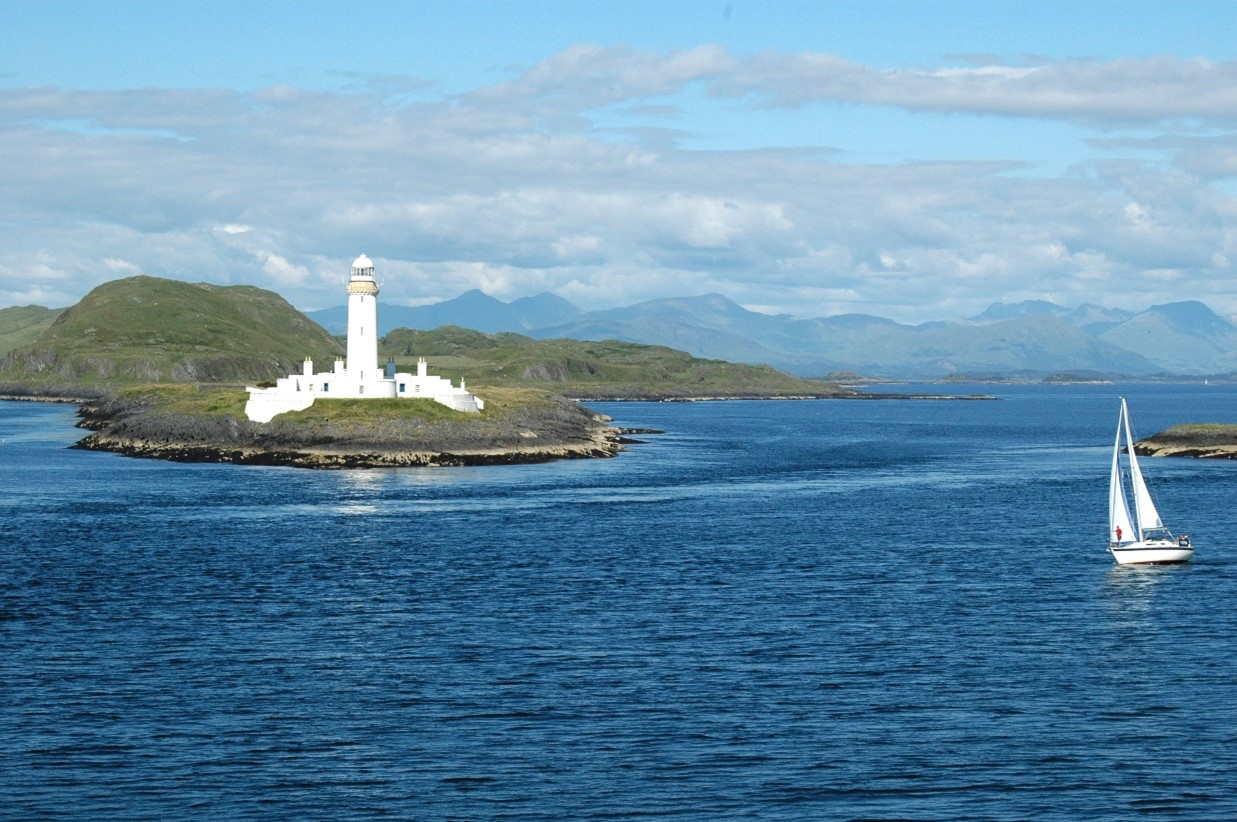
Sailing in Scotland offers a diverse and captivating experience for sailors, both novice and experienced. With over 790 offshore islands divided into three main groups, namely the Hebrides, the Shetlands, and the Orkneys, Scotland’s coastal waters are a haven for exploration. As an experienced sailor, I can attest to the allure of these Scottish waters, which provide a unique blend of natural beauty, challenging conditions, and rich cultural heritage.
One of the first considerations when planning a sailing trip to Scotland is the timing. The region’s weather can be unpredictable, but choosing the right season can make a world of difference. Many sailors find that July can offer fantastic conditions with relatively dry and warm weather. However, it’s essential to be prepared for rapidly changing weather patterns, as the North Atlantic systems can bring both calm and stormy days.
Navigating the waters around the Scottish coast demands a deep understanding of tidal currents. These currents can reach speeds exceeding 5 knots in some areas, making accurate predictions crucial for safe passage. Areas like the Corryvreckan tidal race between Scarba and Jura can be particularly challenging, with one of the world’s largest whirlpools during spring tides. Inexperienced sailors are advised to avoid these treacherous areas.
Scotland’s coastline is a tapestry of geological diversity, with islands formed from various types of rock, including ancient gneiss, red sandstone, and volcanic formations. Each island has its unique character and charm, from the mountainous landscapes of Skye, Mull, and Jura to the low-lying sandy beaches of Tiree and Colonsay. Exploring these islands reveals a captivating blend of natural beauty and rich geological history.
The cultural heritage of the Scottish islands is equally fascinating. Places like Iona, with its ancient monastery founded by St. Columba, offer a glimpse into the region’s spiritual past. The influence of Celtic, Norse, and English cultures has left a lasting imprint on the islands, resulting in a unique blend of traditions and histories.
For those with a taste for whisky, Scotland offers a chance to sail from one distillery to another, collecting samples of this precious liquid. Islay, with its nine distilleries, is a whisky lover’s paradise. You can cycle from one distillery to another, taking tours and tastings along the way. If whisky isn’t to your liking, you can also savor the local brews, each with its distinctive character.
Scotland’s people are known for their warmth and hospitality, and the scenery is nothing short of breathtaking. Secure anchorages are plentiful, and the availability of marinas ensures that you are never far from a safe haven should a storm approach. The overall experience of sailing in Scotland is unmatched, provided you time your trip well and are prepared for the occasional midge, the infamous Scottish insect.
So, whether you’re planning a short coastal cruise or an extended voyage through the Scottish waters, this region offers an unforgettable sailing experience for those willing to embrace its challenges and appreciate its unparalleled beauty.
Final Thoughts
From the Channel Islands, where history mingles with the thrill of challenging tides, to the remote beauty of the Scilly Isles, and the wild ruggedness of the Scottish Isles, these maritime gems offer a canvas for your maritime dreams.
Whether you’re an experienced sailor or a novice, these destinations beckon with their unique blend of natural beauty, cultural richness, and the promise of unforgettable memories. Each journey is a tapestry of challenges and rewards, where the winds of adventure carry you to shores unknown.
But this isn’t the end of our voyage—it’s merely a pause in the narrative. We invite you to share your thoughts, experiences, and questions with us. Have you explored these destinations, or do you dream of setting sail one day? Is there a hidden gem of the sea that you’d like us to uncover in our next adventure? Email hello@sailors.project1031.com and share your story.
Let’s keep the conversation alive, for the sea is a boundless realm of stories waiting to be told. Drop your comments below, and let’s embark on a new journey together. Until then, fair winds and following seas!
References and Resources
- Yachting Monthly’s Guide to Sailing the Channel Islands: This comprehensive guide provides an overview of sailing to the Channel Islands, highlighting the rewarding cruising grounds, historic sites, and natural beauty. It covers practical sailing routes, tide considerations, and points of interest such as Alderney, Guernsey, Sark, and Jersey.
- Sail Channel Islands – Channel Islands Cruising Guide: Offers a detailed cruising guide for adventurers interested in exploring the Channel Islands. This guide is continuously updated with the latest information on anchorages, weather conditions, and navigation tips to ensure a safe and enjoyable journey.
- Motor Boat & Yachting’s Local Guide to Guernsey and Neighbors: An insightful local’s guide to boating in Guernsey and its stunning neighbors. This resource covers marinas, anchorage points, dining recommendations, and key attractions. It also explores the tranquil beauty of Beaucette, the rugged south coast, Herm’s laid-back harbors, and the jewel of the Channel Islands, Sark.


